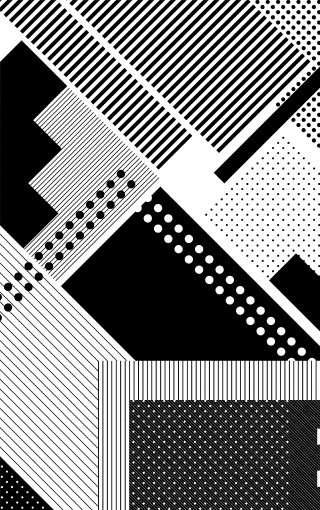The Practice Incentives Program is administered by the Department of Human Services (DHS), on behalf of the Australian Government Department of Health (DoH).
Eligibility criteria for the PIP
To be eligible to participate in the PIP, a general practice must meet all of the following requirements:
- Meet the Royal Australian College of General Practitioners (RACGP) definition of a general practice.
- Meet the PIP definition of an open practice (where one or more registered medical practitioners provide face-to-face medical or health services to patients at a physical location).
- Maintain at least $10 million in public liability insurance cover for the main location and each additional practice location (legal liability is not public liability).
- Make sure all general practitioners and nurse practitioners have the required minimum of $10 million professional indemnity insurance cover.
- Be accredited, or registered for accreditation, as a general practice against the RACGP Standards for general practices by an agency approved under the National General Practice Accreditation Scheme. Accreditation must cover the entire quarter the practice is applying in and be maintained thereafter. Practices must be registered for and achieve accreditation against the RACGP Standards within 12 months of joining the PIP Program.
Current incentives
The PIP currently comprises eight incentives. Participating practices can apply for as many or as few as are applicable to their practice. Each PIP has its own program eligibility criteria, questions and required supporting evidence. The PIP includes incentives for:
- After Hours
- eHealth
- GP Aged Care Access
- Indigenous Health
- Procedural GP
- Quality Improvement
- Rural Loading
- Teaching
In addition, the Practice Nurse Incentive Program (PNIP) incentivises general practices to employ practice nurses, Aboriginal and Torres Strait Islander Health Workers or Aboriginal and Torres Strait Islander Practitioners. Aboriginal Medical Services may also attract the PNIP to employ allied health professionals.





